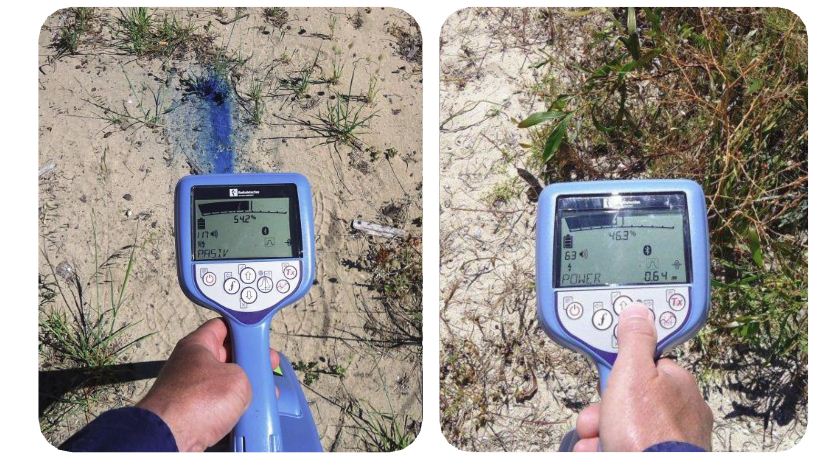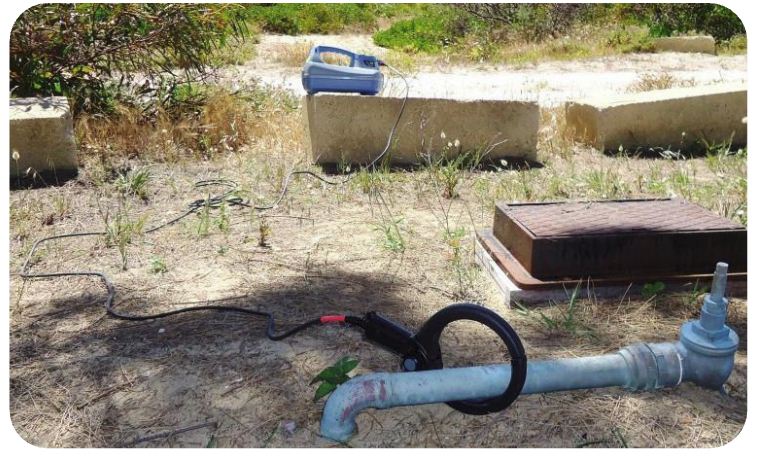Pipe and Cable Locating Basics
The basic theory and setup used to locate services
Brief Summary
Explaining the basic theory and setup used to locate, find or detect metallic pipes and cables buried underground in Perth, Western Australia.
Equipment
Radio Detection TX10B transmitter & RD8000PDLB receiver, transmitter induction clamp and direct connection lead.
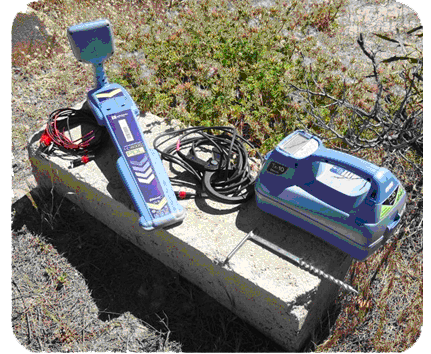
Basic technical theory of electromagnetic induction
Pipe and cable locating equipment does not locate the physical pipe or cable, the equipment detects the magnetic field or signals created around the pipe or cable.
Figure 1 below is showing the magnetic field radiating from a pipe or cable. The signals radiating from the pipe or cable can be passive or an active signal.
An active signal is one that has been induced by a signal generating transmitter by either direct connection to the target line or by induction which is a signal radiated from the generating transmitter to all underground pipe or cables.
A passive signal is naturally radiated on many pipes or cables as the earth has power return currents and broad cast transmissions frequencies that penetrate the earth to flow along the metallic pipes or cables as these metallic lines offer a lower resistance.
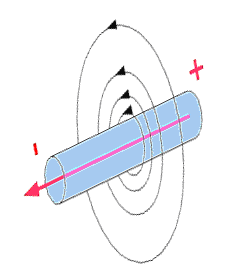 Fig.1 shows the magnetic field radiating around a pipe or cable.
Fig.1 shows the magnetic field radiating around a pipe or cable.
TX10B Transmitter
The TX10B generating transmitter can produce signals from 8 kHz to 200 kHz and 940 Hz which can be applied to the target line via active induction.
RD8000PDLB Receiver
The RD8000PDLB receiver can detect naturally radiated passive signals and inducted signals generated from the transmitter.
Direct Connection Lead
The direct connection lead for connection to the transmitter has two small cables black (earth) red (positive). The black to ground and red to pipe or cable.
Transmitter Induction Clamp
The Transmitter induction clamp which is clamped around the pipe or cable to induce a signal. No earth lead is required.
Passive Sweep to locate pipes and cables
To perform a passive sweep in your search location using only the receiver. Power up your receiver and select one of the five passive frequencies setting. Walk the area in a predetermined grid pattern north to south with 800mm spacing, once complete do the same going east to west, holding the receiver blade at 90 degrees to any possible target lines to be crossed. If a line is detected pinpoint the line and trace the line out of the area and retrace the line using an active signal, mark and record depth measurements as required. Where possible relocate the transmitter to the opposite end of the target pipe or cable and retrace the line to reconfirm line location. Resume your sweep of the area.
Fig. 2 Pictures above show pipe and cable locating using passive sweep.
Transmitter Induction (without clamp or direct connection lead)
To perform induction sweep using your transmitter power up your transmitter and select the frequency from 8 kHz to 200 kHz and adjust the receiver to match. Have a second person hold the transmitter just above the ground and with the transmitter held length ways so it will be inline when crossing a pipe or cable. Note: a distance of 15m separation will be required to avoid airborne noise, and a grid pattern with spacing’s is not required for this scan (as noted in the passive sweep). Walk the area by both moving in line with each other in predetermined method (north to south and then east to west). If a line is detected pinpoint the line and trace the line out of the area and retrace the line using an active signal, mark and record depth measurements as required. Where possible relocate the transmitter to the opposite end of the target pipe or cable and retrace the line to reconfirm line location. Resume your sweep of the area.
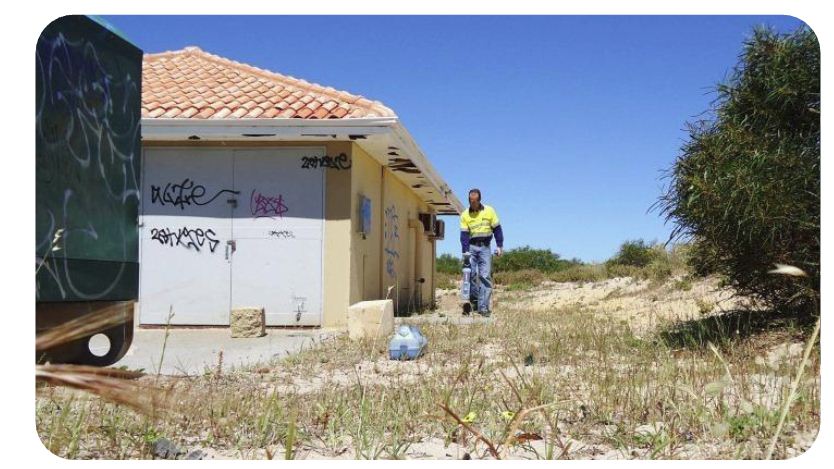
Fig. 3 The picture above shows pipe and cable locating using transmitter induction without clamp or direct connection.
Transmitter Induction using Induction Clamp
To perform a line trace using an induction clamp, plug in the induction clamp and clamp around the target line. Power up the transmitter and select your frequency and adjust the receiver to match. Hold the receiver at 90 degrees to the target pipe or cable and trace the line out of the area, mark and record depth measurements as required. Where possible relocate the transmitter to the opposite end of the target pipe or cable and retrace the line to reconfirm line location.
Fig. 4 Picture above shows transmitter induction to a target line with the use of a clamp.
Transmitter induction using Direct Connection Lead
To perform a line trace using the direct connection leads (the best method for tracing when available). Plug in the lead and connect the red cable clamp to the pipe or cable and the black to the earth stake having the lead black at 90 degrees to the target line. Power up the transmitter and select your frequency and adjust the receiver to match. Hold the receiver at 90 degrees to the target pipe or cable and trace the line out of the area, mark and record depth measurements as required. Where possible relocate the transmitter to the opposite end of the target pipe or cable and retrace the line to reconfirm line location.

Fig. 5 Picture above shows transmitter induction to a target line with direct connection lead.

